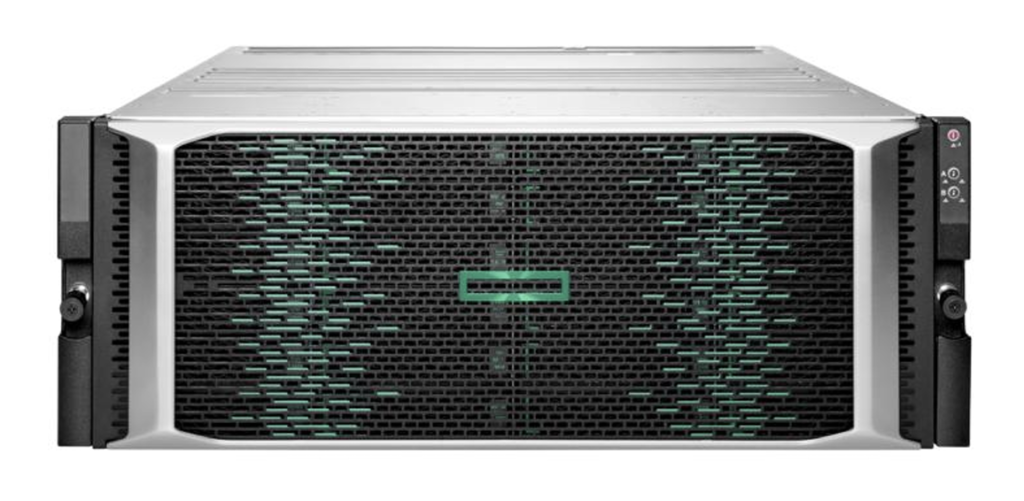Disaggregated hyperconverged infrastructure (dHCI) solutions provide you with the means to help eliminate IT waste — the result of overprovisioning — and to cut costs and improve flexibility.
Data centers routinely overprovision resources to ensure they can meet the capacity, availability and performance requirements of increasingly sophisticated applications and services. The practice delivers important operational benefits but is incredibly inefficient — the average enterprise organization wastes $15 million a year on overprovisioned and misaligned resources, according to research by Hewlett Packard Enterprise (HPE). The same survey discovered that stakeholders admit they’re wasting up to 15% of their IT spend on misaligned infrastructure.
Solutions such as HPE’s Alletra dHCI system allow companies to independently scale compute, storage and networking resources to accurately meet the resource requirements of the most demanding workloads. Additionally, this allows your organization to harness AI-driven infrastructure, build and optimize a truly powerful cloud-driven experience, and enjoy all the resources of your infrastructure wherever and whenever you need them.

One Size Doesn’t Fit All
The dHCI model was developed to address the scalability challenges inherent in widely used HCI systems designed to minimize IT complexity. HCI solutions collapse the traditional three-tier data center architecture of compute, networking and storage into a single platform running on industry-standard hardware, with hypervisor software to create and run virtual machines.
HCI’s “solution-in-a-box” composition makes it fast and easy to deploy with reduced cabling, power, and cooling requirements. When you need more compute or storage, you just add another box to the HCI cluster. Unfortunately, this one-size-fits-all approach to scaling can lead to unintended overprovisioning and wasted resources. For example, adding boxes to increase storage can leave you with more compute resources than you need.
Over time, this can become a significant problem. Unused storage or compute resources in an HCI system are totally wasted — they can’t be reprovisioned or used elsewhere. Plus, these stranded resources create additional power, cooling and licensing costs. It’s no wonder that 92 percent of IT professionals surveyed by Enterprise Strategy Group said it is critical that they have the ability to scale compute and storage independently of each other.
Independent Scaling Eliminates IT Waste
Disaggregation enables independent scaling by separating storage and compute functions into dedicated nodes. In HPE’s Alletra solution, for example, the compute node is a ProLiant DL server and the storage node is an Alletra or HPE Nimble storage array. Management software running on the array allows you to adjust compute and storage levels independently. This allows you to match a workload’s particular requirements. It also helps to eliminate IT waste based on overprovisioning.
Another way disaggregation improves flexibility and reduces costs is by enabling separate refresh cycles for storage and compute. This allows you to upgrade individual components instead of replacing an entire HCI box.
Alletra dHCI also has advanced artificial intelligence and automation capabilities that simplify configuration, deployment and ongoing management. The network automation feature reduces the number of steps required to configure switches by more than 70 percent. After deployment, the AI-driven HPE InfoSight service continuously monitors the dHCI infrastructure. It examines dozens of different indicators to evaluate system health and automate support actions.
Independent resource allocation, automated configuration, simplified management and cost containment are among the factors driving the adoption of dHCI.
What Next?
If you want to help eliminate IT waste, perhaps we should talk. Contact us to learn more about how dHCI can help your organization reap the benefits of not being wasteful!






